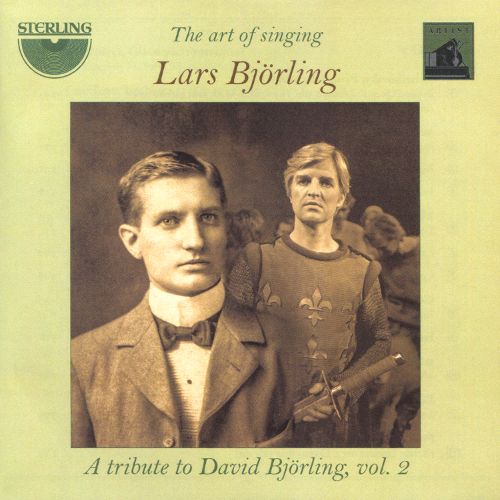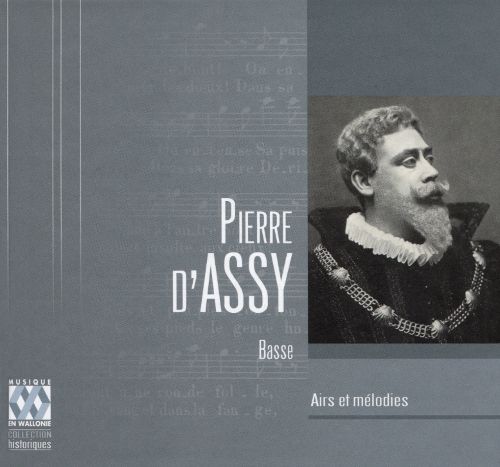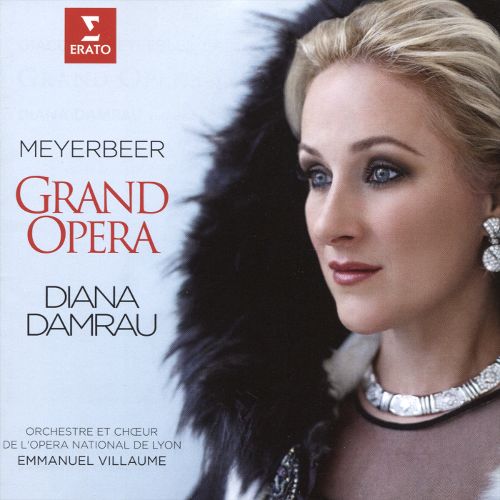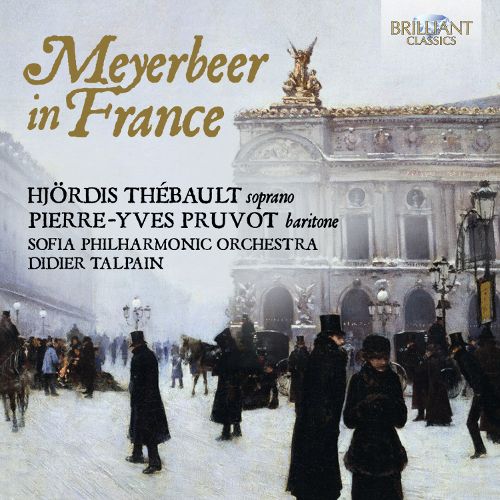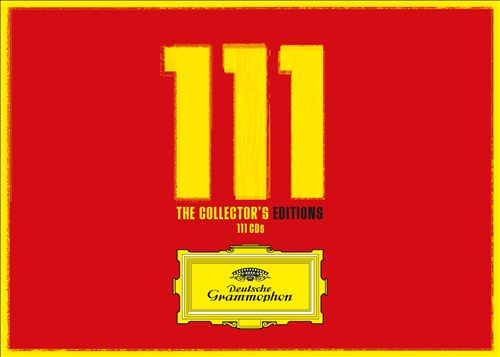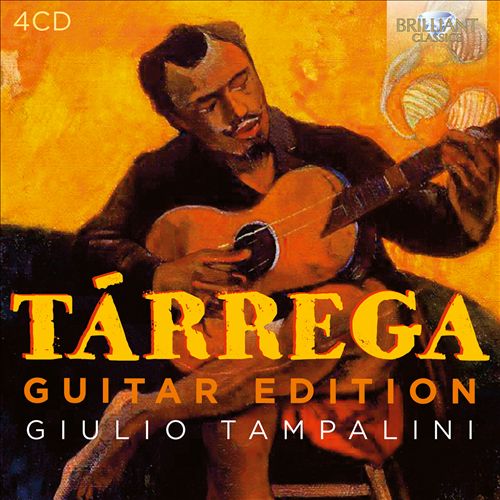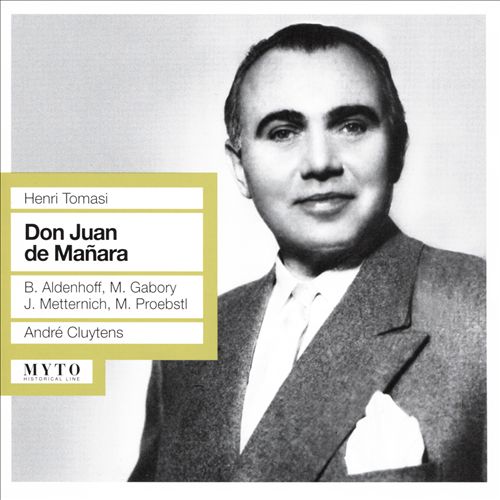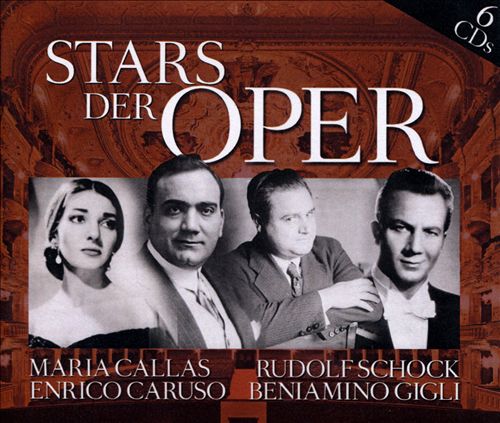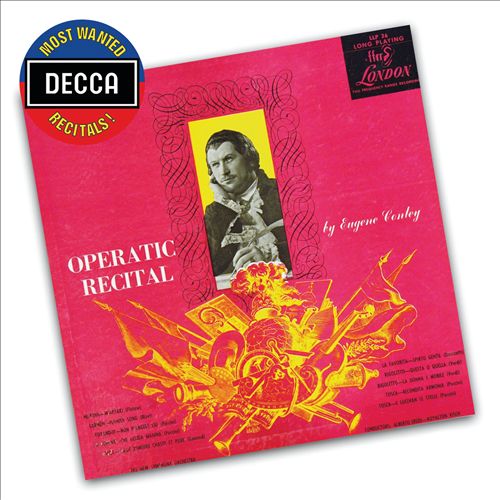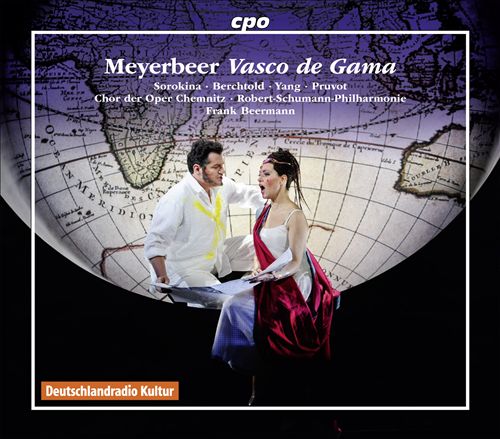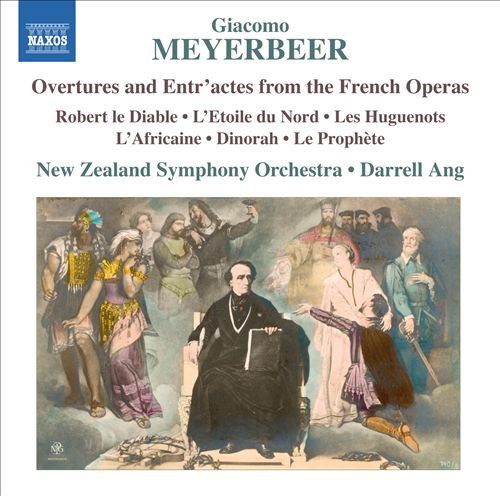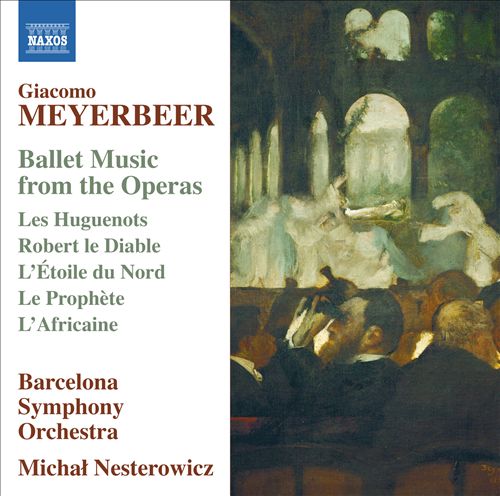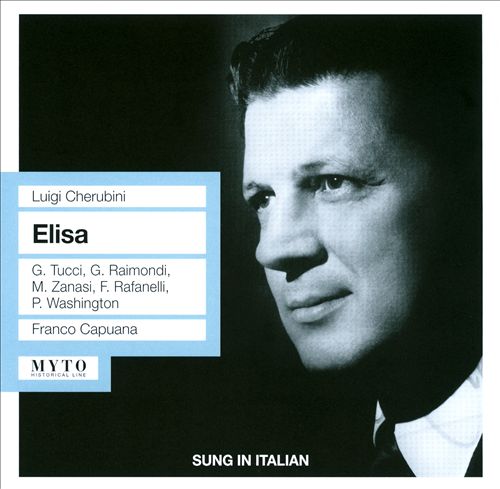Giacomo Meyerbeer (자코모 마이어베어)
L' Africaine
100
10,000
1,400
WORK INFO
작곡가: Giacomo Meyerbeer (자코모 마이어베어)작곡년도: 1864출판년도: 1865평균연주: 176:11악장1Act 1 : No. 1, Ouverture4:182Act 1 : No. 2, Adieu, mon doux rivage4:223Act 2 : No. 3, Sur mes genoux4:574Act 2 : No. 4, Fille des rois3:245Act 2 : No. 5, Combien tu m'es chèrenull6Act 3 : No. 6, Hola! Matelots2:477Act 3 : No. 7, Adamastor, roi des vagues3:408Act 4 : No. 8, Prélude6:059Act 4 : No. 9a, Pays merveilleux3:2610Act 4 : No. 9b, Ô Paradis3:2611Act 4 : No. 9c, Conduisez-moinull12Act 4 : No. 10, L'avoir tant adorée (Averia tanto amata)3:3913Act 5 : No. 11, Erreur fatalnullL'Africaine (The African Woman) is a grand opera, the last work of the composer Giacomo Meyerbeer. The French libretto was written by Eugène Scribe. The opera is about fictitious events in the life of the real historical person Vasco da Gama. (Meyerbeer's working title for the opera was Vasco da Gama.)
The opera was premiered by the Paris Opéra at the Salle Le Peletier on 28 April 1865 in a performing edition undertaken by François-Joseph Fétis, as the composer had not prepared a final version by the time of his death the previous year. It is Fétis who gave the work its present title; Meyerbeer had referred to it as Vasco de Gama. In fact it is clear from the text, with its references to Hinduism, that the heroine Sélika hails not from Africa, but from a region of, or island nearby, India. Madagascar has been suggested as a compromise reconciliation. Gabriela Cruz has published a detailed analysis of the historical context of the events of the opera and the opera setting itself.From WIKIPEDIA
RELEASED ALBUMS
-
Meyerbeer: L'Africane - Vasco da GamaMay 10, 2024
-
Pavarotti: The Greatest HitsJune 7, 2019
-
LA PHIL: 100 YearsMarch 22, 2019
-
The Art of Singing: A Tribute to David Björling, Vol. 2August 3, 2018
-
111 Opera MasterpiecesMay 11, 2018
-
Airs et mélodiesNovember 3, 2017
-
The People's TenorSeptember 22, 2017
-
Meyerbeer: Grand OperaMay 5, 2017
-
Meyerbeer in FranceSeptember 30, 2016
-
Opera Gold: 100 Great Tracks from DeccaJune 3, 2016
-
Decca Sound: 55 Great Vocal RecitalsMay 20, 2016
-
111: The Collector's Editions [111 CDs]December 11, 2015
-
The Great Plácido DomingoNovember 13, 2015
-
The Mario Lanza CollectionNovember 13, 2015
-
Domingo: The 50 Greatest TracksNovember 6, 2015
-
Tárrega: Guitar EditionOctober 23, 2015
-
Henri Tomasi: Don Juan de MañaraSeptember 11, 2015
-
Stars der OperApril 21, 2015
-
Héroïque: French Opera AriasFebruary 24, 2015
-
Greatest Operatic RecordingsFebruary 10, 2015
-
Operatic RecitalJuly 8, 2014
-
Meyerbeer: Vasco de GamaJune 10, 2014
-
The Romantic HeroMay 19, 2014
-
Meyerbeer: Overtures and Entr'actes from the French OperasApril 28, 2014
-
Giocomo Meyerbeer: Ballet Music from the OperasMarch 3, 2014
-
Pavarotti: The 50 Greatest TracksOctober 22, 2013
-
Ferrucio Tagliavini in Opera and SongsMay 24, 2013
-
Seine größten ErfolgeFebruary 5, 2013
-
Pavarotti Essentials2013
-
Luigi Cherubini: ElisaNovember 27, 2012
FEATURED MOVIES
-
 03:38마이어베어: 아프리카 여인 O ParadisDecember of 2000Chicago Cultural Center
03:38마이어베어: 아프리카 여인 O ParadisDecember of 2000Chicago Cultural Center -
 08:41마이어베어: 아프리카 여인 O Paradis
08:41마이어베어: 아프리카 여인 O Paradis -
 03:37마이어베어: 아프리카 여인 O Paradis1969Germany
03:37마이어베어: 아프리카 여인 O Paradis1969Germany -
 03:34마이어베어: 아프리카 여인 O ParadisApril 26, 2013St. James Episcopal Church in Upper Montclair, NJ
03:34마이어베어: 아프리카 여인 O ParadisApril 26, 2013St. James Episcopal Church in Upper Montclair, NJ -
 03:07마이어베어: 아프리카 여인 O Paradios
03:07마이어베어: 아프리카 여인 O Paradios -
 03:07마이어베어: 아프리카 여인 O Paradios
03:07마이어베어: 아프리카 여인 O Paradios -
 03:13마이어베어: 아프리카 여인 O Paradis1970Munich
03:13마이어베어: 아프리카 여인 O Paradis1970Munich -
 04:17마이어베어: 아프리카 여인 Pays merveilleux
04:17마이어베어: 아프리카 여인 Pays merveilleux
ALBUM MUSIC
WORKS SHOUTS





